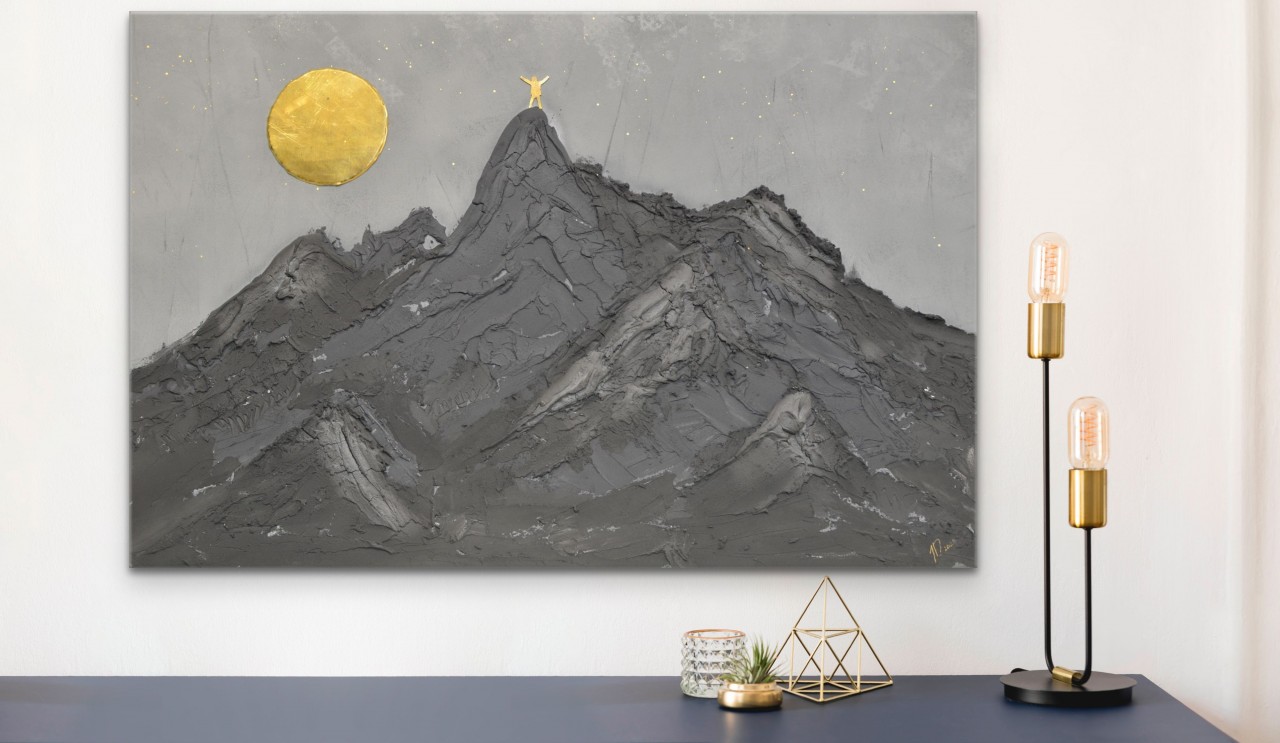
Designing interiors with bronze, copper, brass, stainless steel, or corten steel elements can add a luxurious and sophisticated touch to the space. Each metal has its unique characteristics, and the choice depends on the desired aesthetic, functionality, and maintenance considerations. Here are some ideas for incorporating these metals into interior design:
Bronze:
Bronze is known for its warm, reddish-brown hue and timeless appeal. Consider using bronze for decorative elements like door handles, light fixtures, or furniture accents. Bronze can also be used for trim work or as part of a custom-designed feature.
Copper:
Copper has a distinct reddish-brown color that patinates over time, developing a unique and rich greenish-blue hue. Copper can be utilized for kitchen backsplashes, countertops, pendant lights, or decorative wall panels. Its antibacterial properties make it suitable for surfaces in healthcare environments.
Brass:
Brass is a versatile metal that ranges in color from warm gold to muted yellow. It can be incorporated into interior design through door hardware, faucets, light fixtures, or even furniture details. Brass accents add a touch of elegance and can complement both traditional and contemporary styles.
Stainless Steel:
Stainless steel is known for its sleek and modern appearance, making it a popular choice for various interior applications. In kitchens, stainless steel is often used for appliances, countertops, or sinks. In commercial settings, it can be employed for handrails, elevator interiors, or decorative panels. Its durability and resistance to corrosion make it suitable for high-traffic areas.
Corten Steel:
Corten steel, with its weathered and rusty appearance, can be used in interior design to create an industrial or rustic ambiance. Feature walls, fireplace surrounds, or custom furniture pieces made from corten steel can add a unique character to the space. The weathering process is generally stabilized indoors, preventing further rusting.
When working with these metals in interior design, consider the following tips:
Mixing Metals: Don't be afraid to mix different metals for added visual interest. However, maintain a cohesive theme to ensure a harmonious look.
Finishes: Explore different finishes such as polished, brushed, or hammered textures to achieve the desired aesthetic.
Maintenance: Understand the maintenance requirements of each metal. Some metals, like stainless steel, are relatively low-maintenance, while others, such as copper, may require periodic polishing to maintain their original appearance.
Lighting: Proper lighting can accentuate the beauty of metal elements. Consider incorporating well-designed lighting fixtures to highlight specific features.
Balance: Achieve a balance between metal elements and other materials in the interior to avoid overwhelming the space. Combine metals with natural materials like wood or stone for a well-rounded design.
Ultimately, the choice of metal in interior design depends on the desired atmosphere, functionality, and the overall design concept of the space. Integrating these metals thoughtfully can result in interiors that are visually appealing, durable, and timeless.



